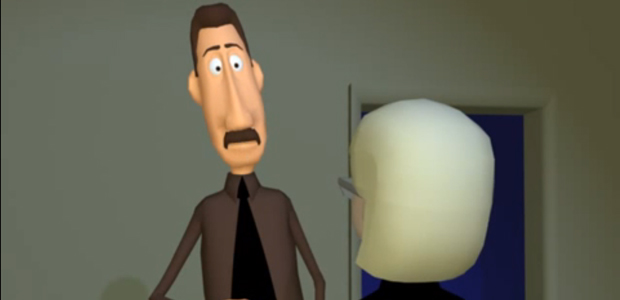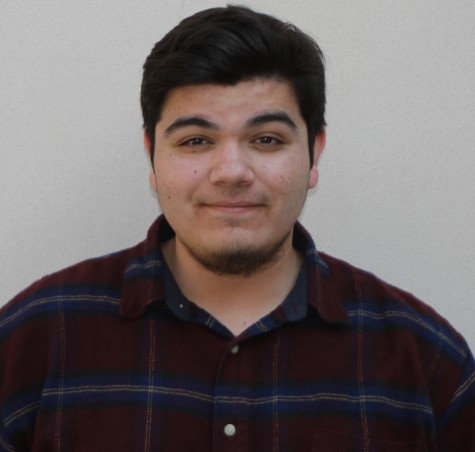From movies like “The Simpsons,” to big-budget CGI films such as “Avatar,” animation is progressing and is used widely in many different arenas.
Animation has many functions that people may not be aware of. Like visual models of the body or graphics that display blood-flow are used in the medical field, and even in the courtroom when simulations are needed to reenact a murder.
At Glendale College, the animation classes are taught by experienced, professional animators. Their goal is for their students to become future lead animators for the well-known production companies.
Yina Chang teaches character set-up and character animation. In her class, artists sketch out their ideas on a storyboard before they animate on the computer.
“Our goal is to give students the latest digital art and animation knowledge and to also train those students who would like to become digital artists one day,” Chang said.
Chang uses a program called Maya, an industry standard, which contains modeling, texture, a lighting simulation and there is a generator to process images.
“Maya is one of the best animation packages” Chang said.
Chang spent years working professionally in the animation industry. She has participated in several big-budget productions throughout her career including “Apollo 13” (Gene Kranz, 1995), “Star Wars” (George Lucas, 2002) and “Frozen,” (Chris Buck,w 2013).
She was the technical director for most of the Yoda shots in “Star Wars Episode II.”
“This was the first production to introduce computer-generated images,” she said.
Before CGI was used, Yoda had limited movement. CGI gives the animated characters the ability to fight and twist around while brandishing their light sabers.
Anahit Sahakyan, an animation major who was recently awarded the Patron’s Club Scholarship for Visual and Performing Arts at GCC, said Chang is a great inspiration due to her knowledge and experience with animation.
“She prepares you for the animation industry because she worked for them,” Sahakyan said.
The animation department has close ties with Woodbury University in Burbank, which focuses on media and design. All animation classes at GCC transfer to Woodbury for full credit, according to Roger Dickes, the department head.
Dickes teaches introduction to computer graphics, modeling and digital sculpture.
His computer graphics class focuses on the introduction to Maya and the basic fundamentals of animation. Organic modeling focuses on digitally creating human form and inorganic modeling emphasizes on creating objects, such as cars and planes. Computer sculpturing allows students to create basic 3D objects in the software.
“We have great teachers, great courses, and incredible commitment from our students” Dickes remarked.
Dickes was the technical director on “Southpark: Bigger, Longer and Uncut” (1999). His role was to set up the visual effects, which is the process before the animation begins.
To make the public more aware of the animation department, Chang created a YouTube channel called “CG Fantasy.” The channel features student-based work and demonstrates the type of material taught in Chang’s class.
“I made the channel so our students can get recognized for their work and to attract other students who might be interested in animation,” Chang said.
Some of Dickes’ students have moved on to successful jobs in the industry. Sean Sexton, who attended GCC in 2011, works at DreamWorks and helped animate the 2011 feature film “The Croods.”
David Perteet took Dickes courses in 2003 and designed some of the special effects in the movie “Resident Evil: Extinction.” (2007).


